Preparation: we read the cameraman image, which is often used for visualizing image processing algorithms, and add some motion blur.
origIm = imread('cameraman.tif');
littleBlurredIm = imfilter(origIm,fspecial('motion',5,45),'replicate');
muchBlurredIm = imfilter(origIm,fspecial('motion',20,45),'replicate');
which gives us the following images to start with:

To calculate the Laplacian, you can use the imgradient function, which returns magnitude and angle, so we'll simply discard the angle:
[lpOrigIm,~] = imgradient(origIm);
[lpLittleBlurredIm,~] = imgradient(littleBlurredIm);
[lpMuchBlurredIm,~] = imgradient(muchBlurredIm);
which gives:

You can visually see that the original image has very sharp and clear edges. The image with a little blur still has some features, and the image with much blur only contains a few non-zero values.
As proposed in the answer by nikie to this question, we can now create some measure for the blurriness. A (more or less) robust measure would for example be the median of the top 0.1% of the values:
% Number of pixels to look at: 0.1%
nPx = round(0.001*numel(origIm));
% Sort values to pick top values
sortedOrigIm = sort(lpOrigIm(:));
sortedLittleBlurredIm = sort(lpLittleBlurredIm(:));
sortedMuchBlurredIm = sort(lpMuchBlurredIm(:));
% Calculate measure
measureOrigIm = median(sortedOrigIm(end-nPx+1:end));
measureLittleBlurredIm = median(sortedLittleBlurredIm(end-nPx+1:end));
measureMuchBlurredIm = median(sortedMuchBlurredIm(end-nPx+1:end));
Which gives the following results:
Original image: 823.7
Little Blurred image: 593.1
Much Blurred image: 490.3
Here is a comparison of this blurriness measure for different motion blur angles and blur amplitudes.

Finally, I tried it on the test images from the answer linked above:

which gives

Interpretation: As you see it is possible to detect, if an image is blurred. It however appears difficult to detect how strongly blurred the image is, as this also depends on the angle of the blur with relation to the scene, and due to the imperfect gradient calculation. Further the absolute value is very much scene-dependent, so you might have to put some prior knowledge about the scene into the interpretation of this value.




